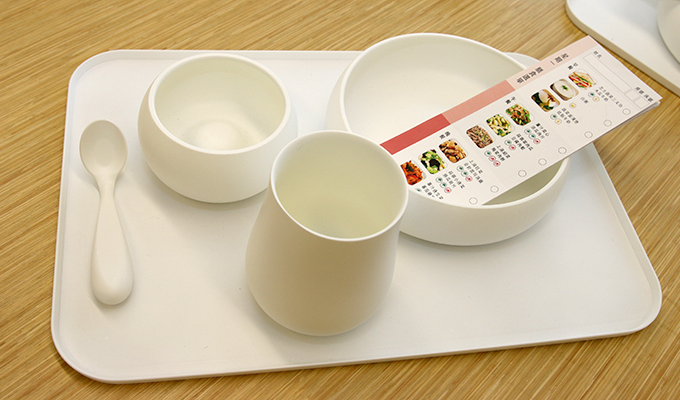


Ageing population is one of the most pressing issues of our time. In this issue, Mr K.K. Ling, Director of the Jockey Club Design Institute for Social Innovation (J.C.DISI), talked about Hong Kong’s unprecedented “double-ageing” of people and building and how J.C.DISI could provide innovative solutions to these problems.
1. What is social innovation?
Social innovation is the belief that the community can be motivated to identify and provide solutions to social problems. People are realising that they can’t leave it up to the government and the market to solve all such problems. The so-called “third sector” – NGOs, academic institutions, professional bodies and visioned individuals – can come up with innovative ideas and help in that regard. Ultimately, the government, the business sector and this “third sector” can collaborate together in implementing the solutions. This is where J.C.DISI comes into play.
2. Is there a particular area of social concern that J.C.DISI would focus on?
The strategic focus of J.C.DISI is the “double-ageing” problem in Hong Kong. Our people are getting older and our building stocks are ageing. Imagine Hong Kong in 30 years: a large number of people aged over 85 are living in high-rise and high-density buildings more than 70 years old. The combined impact of “double ageing” will create a huge social problem, which if not tackled properly will endanger Hong Kong’s sustainability.
PolyU is very well positioned to change this situation because we have so many faculty members with rich expertise and a very good tradition of collaborative applied research. Given the density of Hong Kong and the complex pattern of building ownership with multiple owners in the same buildings, we have the most complicated city “laboratory” in the world. That will provide us a very good research environment for pragmatic solutions.
3. What are the key urban-planning challenges facing Hong Kong’s ageing population?
Throughout history, cities have never been built for the elderly. As a result, we must be conscious of enabling the built environment to be adaptive to the changing needs of the population over time. This involves a change in mind-set, design guidelines and public policy.
Take a simple but usually neglected example, there is the policy that a children’s playground should be provided in every public park, but there is no requirement for an elderly playground. Even though exercise gear is provided for elderly in some of our parks, the overall ambience is not particularly inviting. Research and innovative design may bring change to the present situation and this is only one of the many areas that require social innovation.
4. What policy innovations will be needed to overcome the “double ageing” challenge?
To make Hong Kong more ageing-friendly, I advocate that the “double ageing” issue should be tackled with a “double smart” approach, i.e. “smart ageing” and “smart city technology”. We should also be mindful of preparing our city to serve the elderly of tomorrow, who will be better educated, more ready to master technology, healthier and will probably have improved longevity but with weaker traditional family support.
J.C.DISI will focus on the generalisability of our social innovation research and practice so that our findings and prototyping can become part of public policy and operational guidelines for professional disciplines.
5. Please briefly introduce J.C.DISI’s latest social innovation projects.
Recently, we have collaborated with the Royal College of Art’s Helen Hamlyn Centre for Design in conducting social innovation projects. They include introducing new colour scheme for bed space in elderly care homes and enhancing tableware designs for better dining experience.
The existing colour scheme of the bed spaces in elderly care homes is rather dull, resembling hospitals rather than homes. The research and design team came up with a new colour palette, using a greater variety of vibrant colours to decorate the sleeping and living areas and provide more visual stimuli to the elderly.
Elderly with reduced hand strength may experience difficulty in gripping the bowl, plate and spoon. Our newly friendly designed tableware set will enable the elderly to have a more comfortable dining experience.